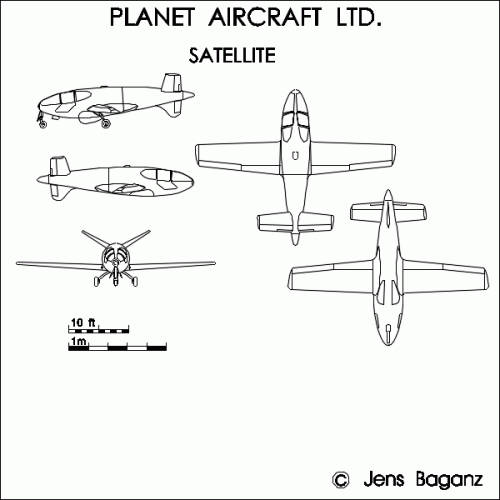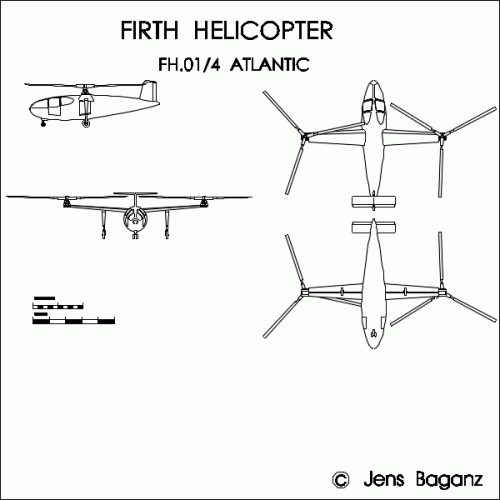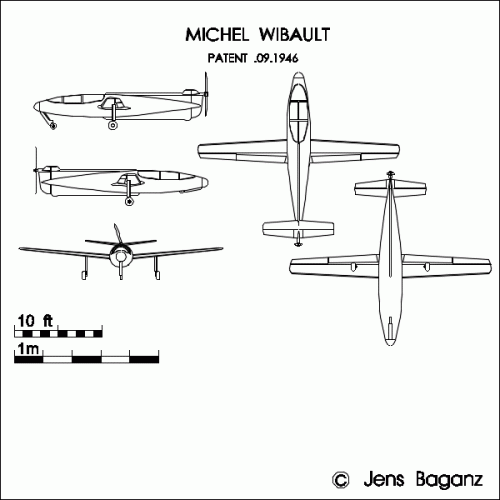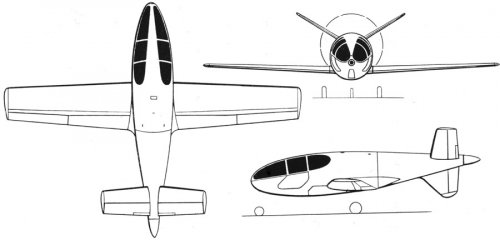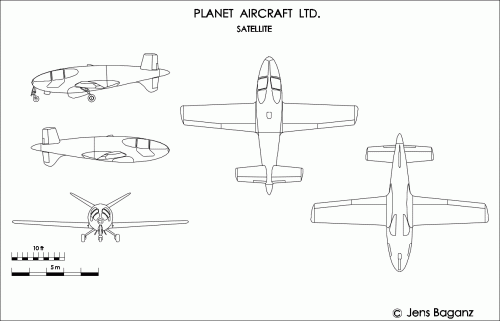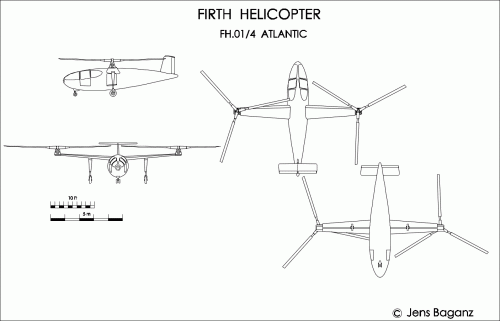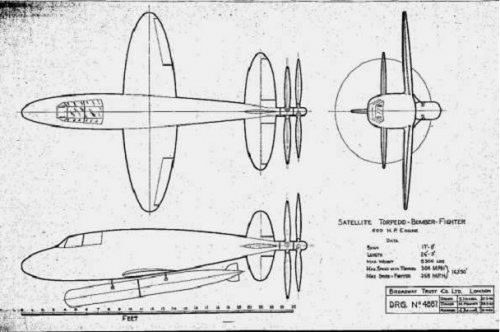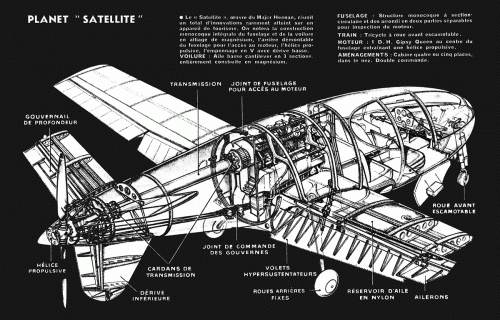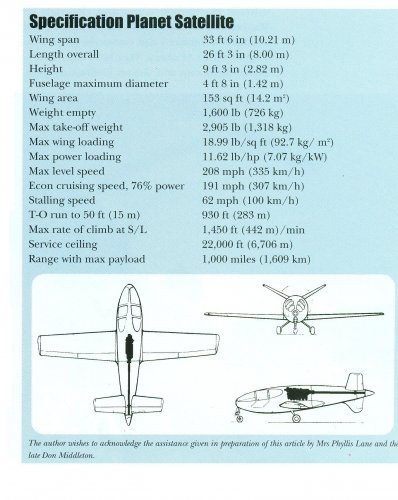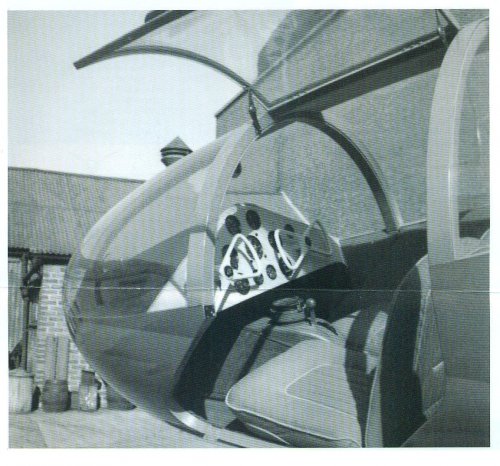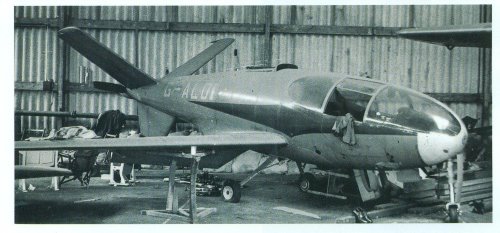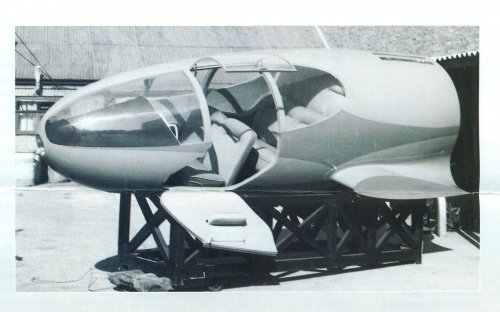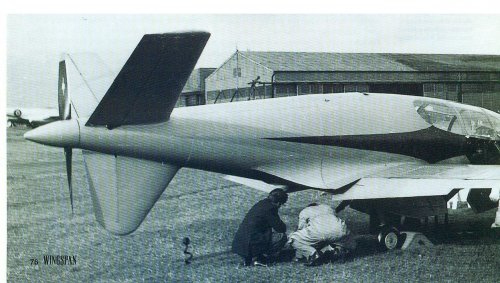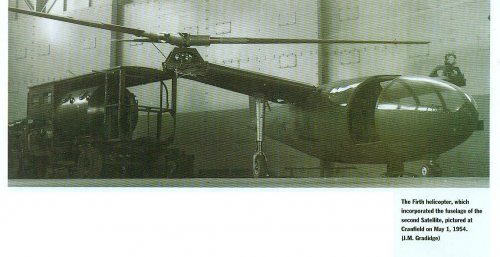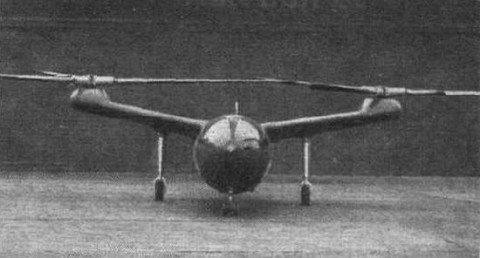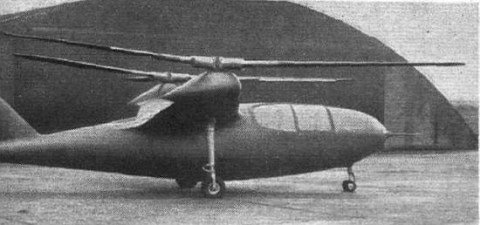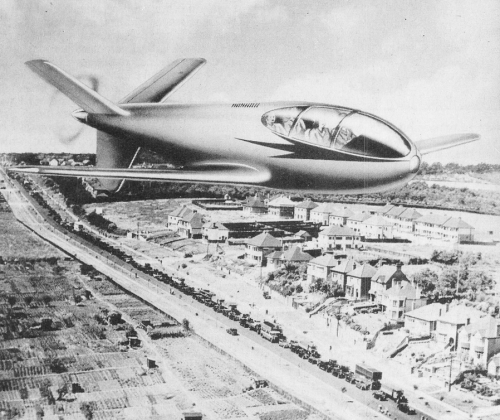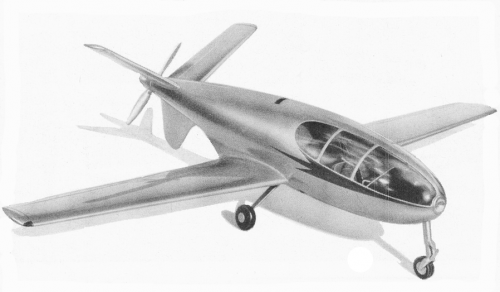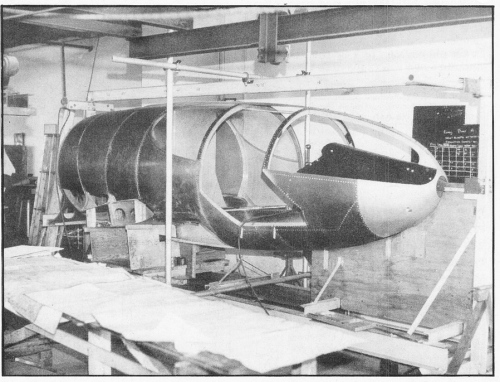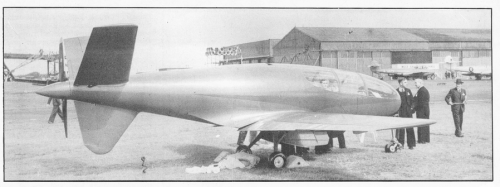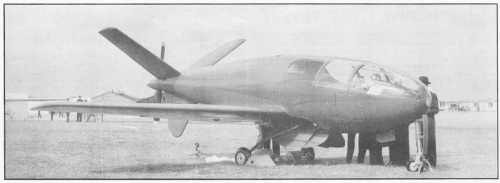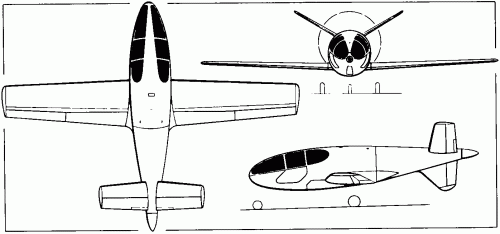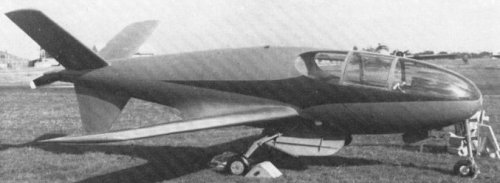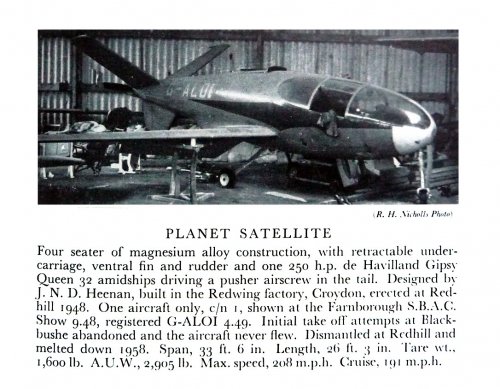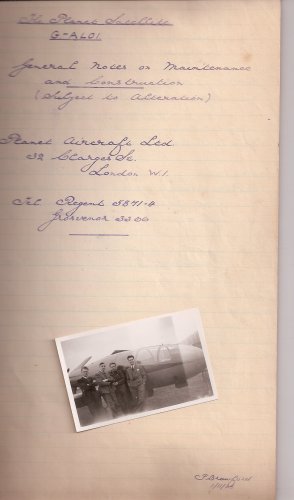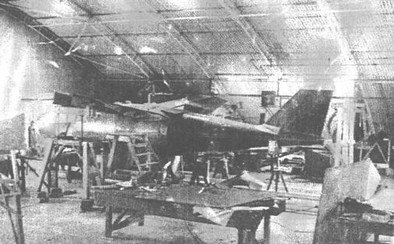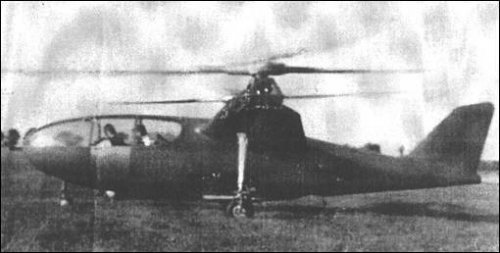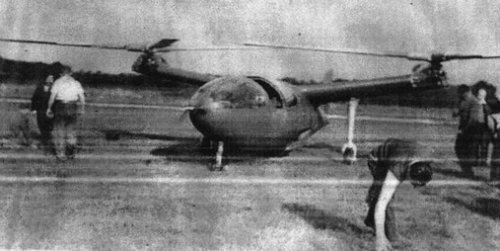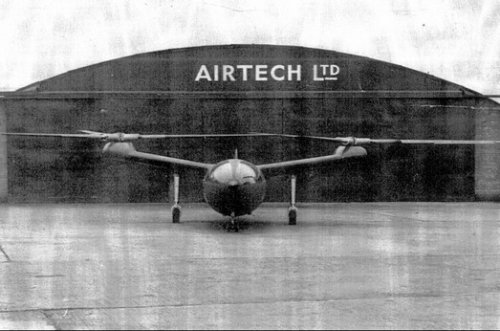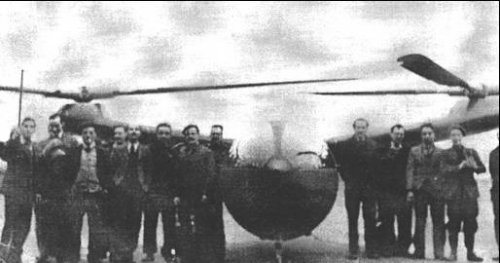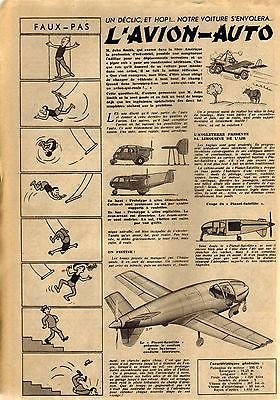Hi folks,
Thought I would post these pics etc on the Planet Satellite light aircarft of the late '40s. It was a four seater built of magnesium alloy,retractable undercarriage fitted with a Gipsy Queen 32 amidships driving a pusher airscrew in the tail,designer was a Mr J.N.D.Heenan,she was built in the Robinson Redwing factory at Croydon,Purley Way,Surrey in 1947,taken to Redhill in 1948 and shown at the S.B.A.C show at Farnborough in September 1948,took up the registration G-ALOI in April 1949,failed to get airborne at Blackbushe despite several long runs down the runway,thus any further attempts to fly her were abandoned.
Span 33 feet 6 inches,Length 26 feet 3 inches,Tare weight 1,600 lbs,all up weight 2,905 lbs,max estimated speed 208 mph,cruise estimated at 191 mph. (More info can be found in Bill Gunston's "Back to the Drawing Board")
No known drawings exist.


Regards,
Greg
Thought I would post these pics etc on the Planet Satellite light aircarft of the late '40s. It was a four seater built of magnesium alloy,retractable undercarriage fitted with a Gipsy Queen 32 amidships driving a pusher airscrew in the tail,designer was a Mr J.N.D.Heenan,she was built in the Robinson Redwing factory at Croydon,Purley Way,Surrey in 1947,taken to Redhill in 1948 and shown at the S.B.A.C show at Farnborough in September 1948,took up the registration G-ALOI in April 1949,failed to get airborne at Blackbushe despite several long runs down the runway,thus any further attempts to fly her were abandoned.
Span 33 feet 6 inches,Length 26 feet 3 inches,Tare weight 1,600 lbs,all up weight 2,905 lbs,max estimated speed 208 mph,cruise estimated at 191 mph. (More info can be found in Bill Gunston's "Back to the Drawing Board")
No known drawings exist.
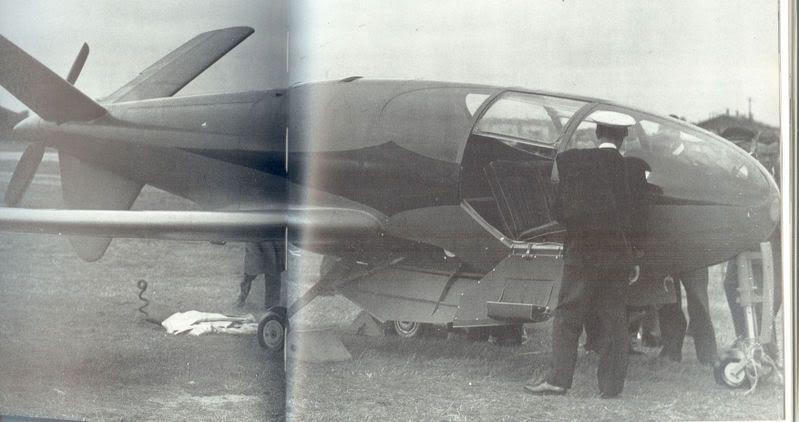
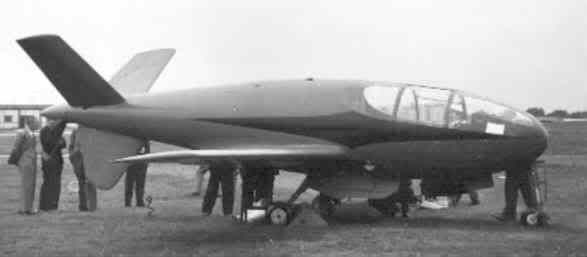
Regards,
Greg

